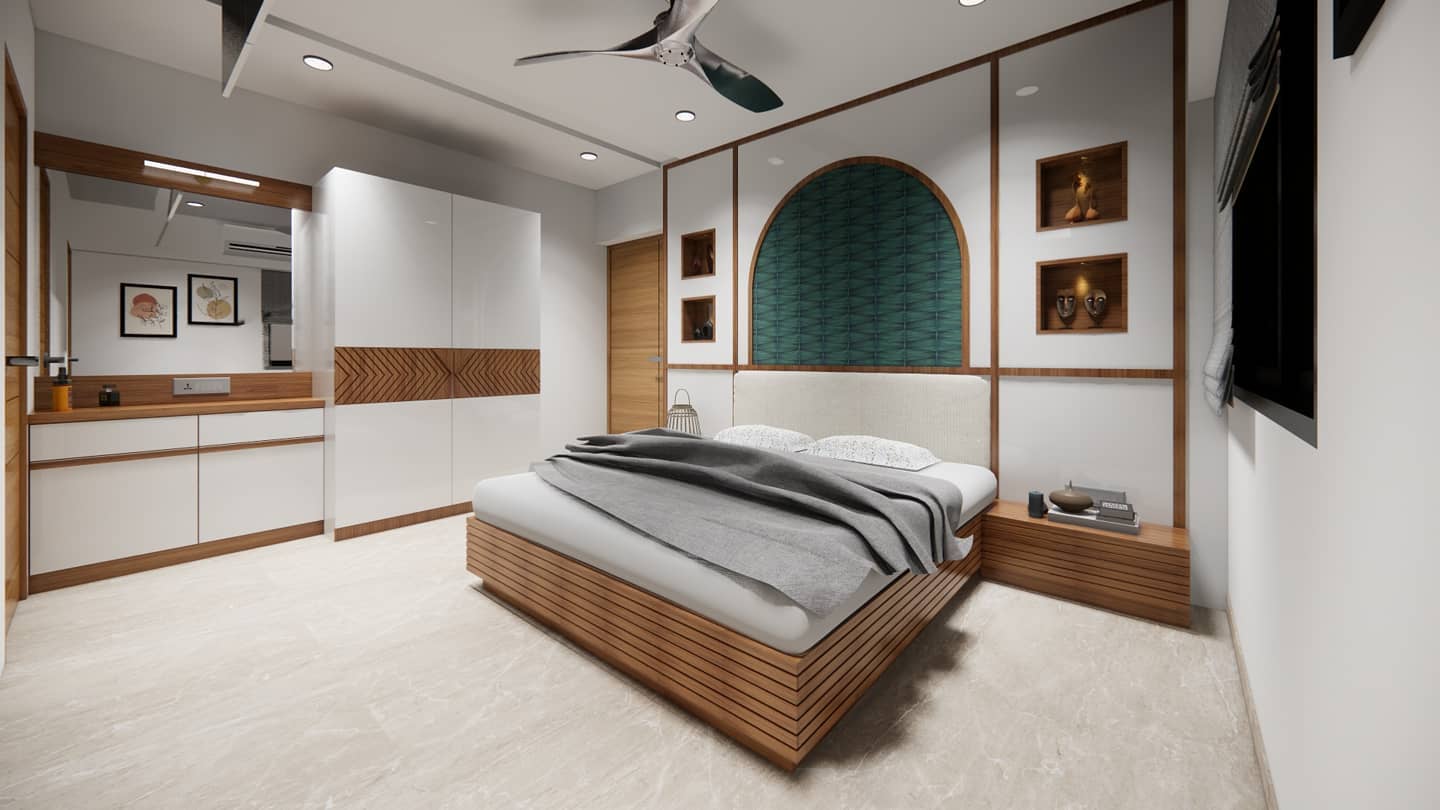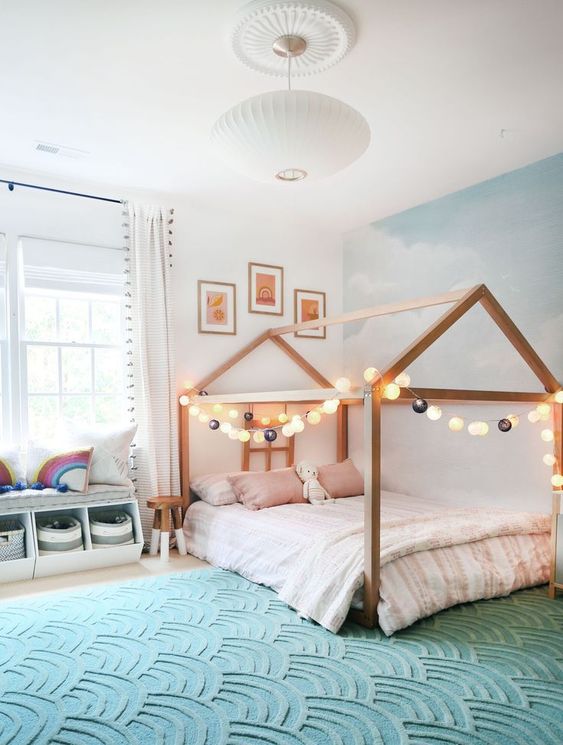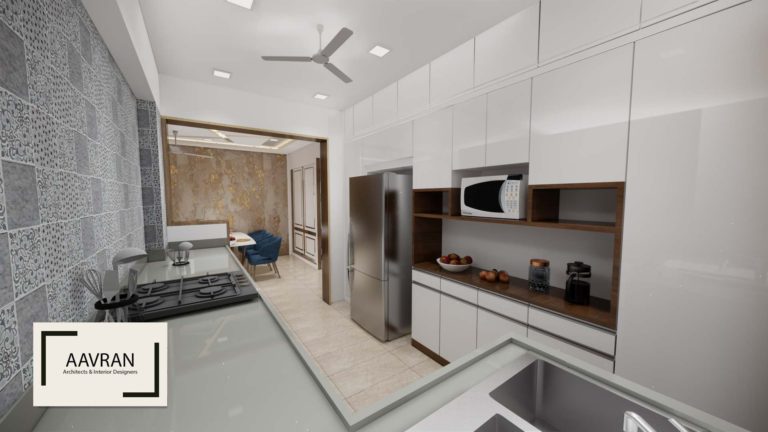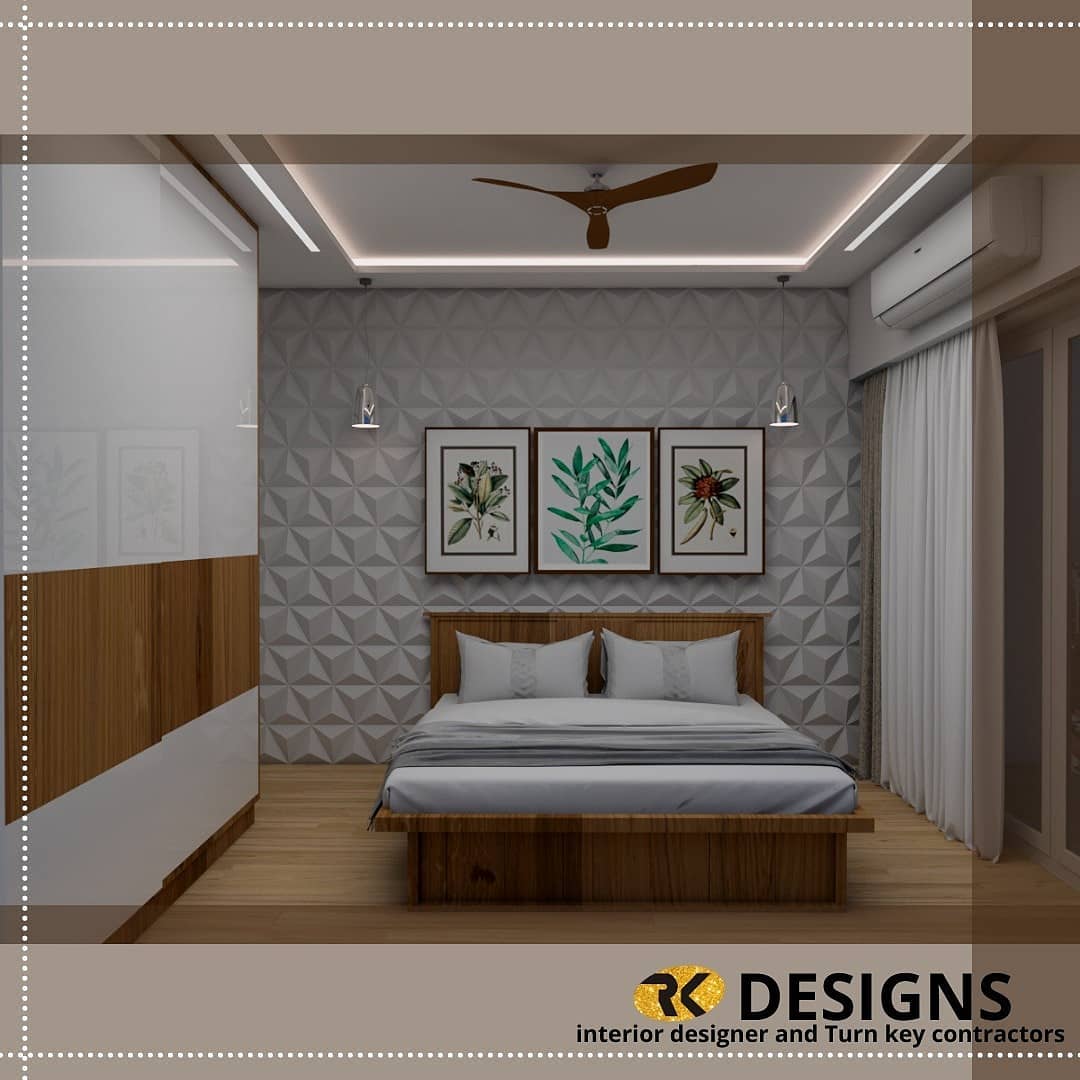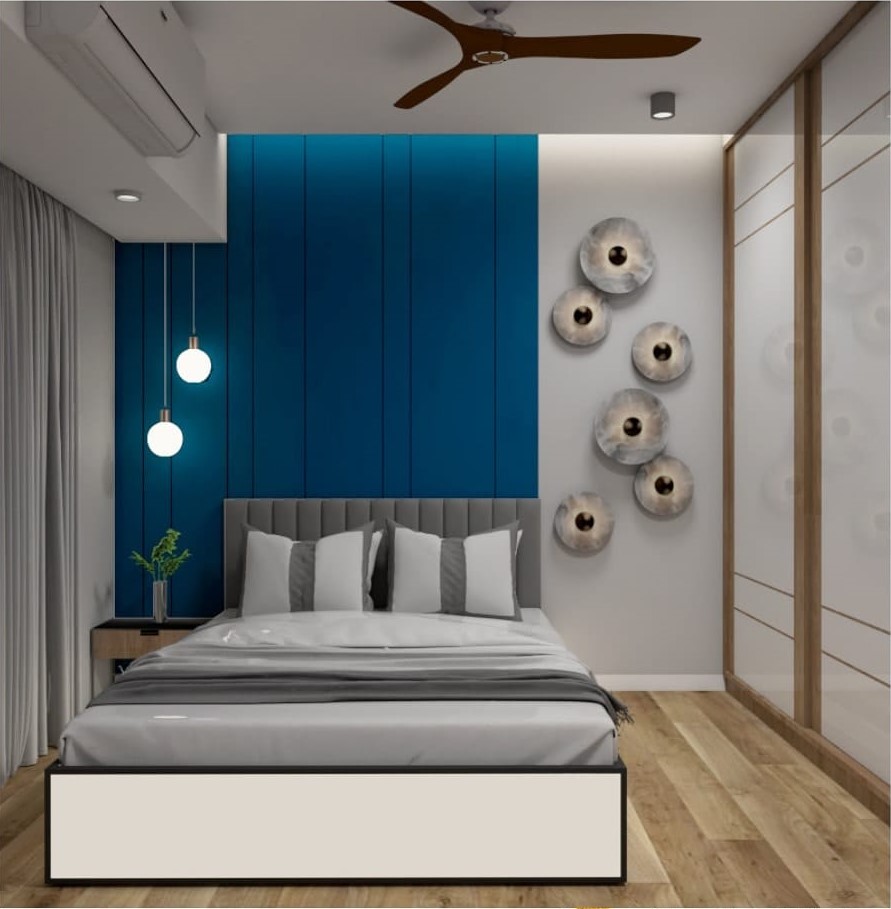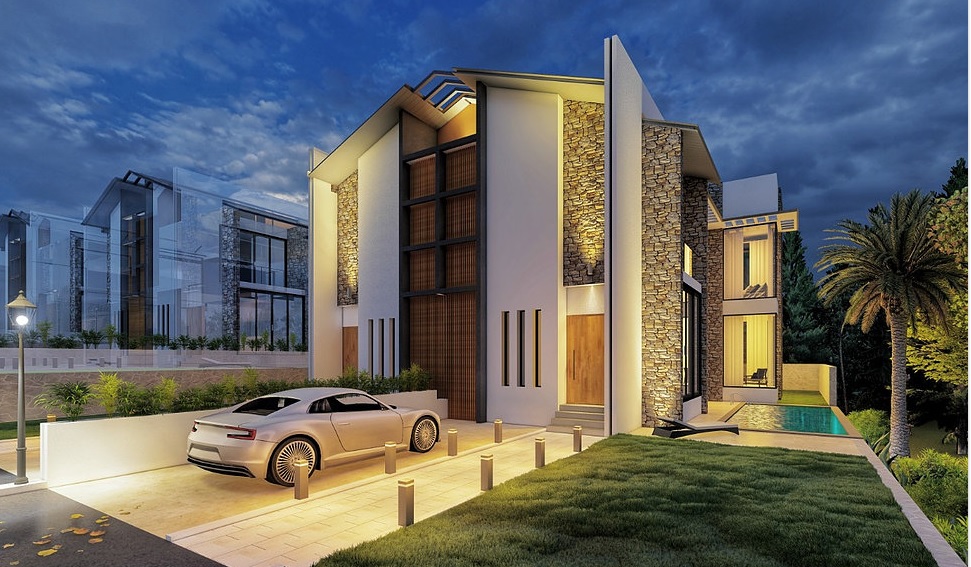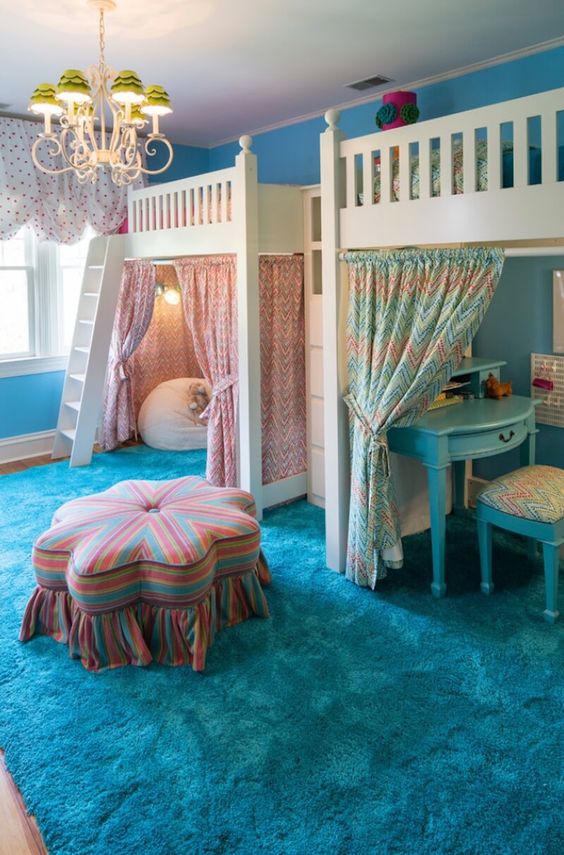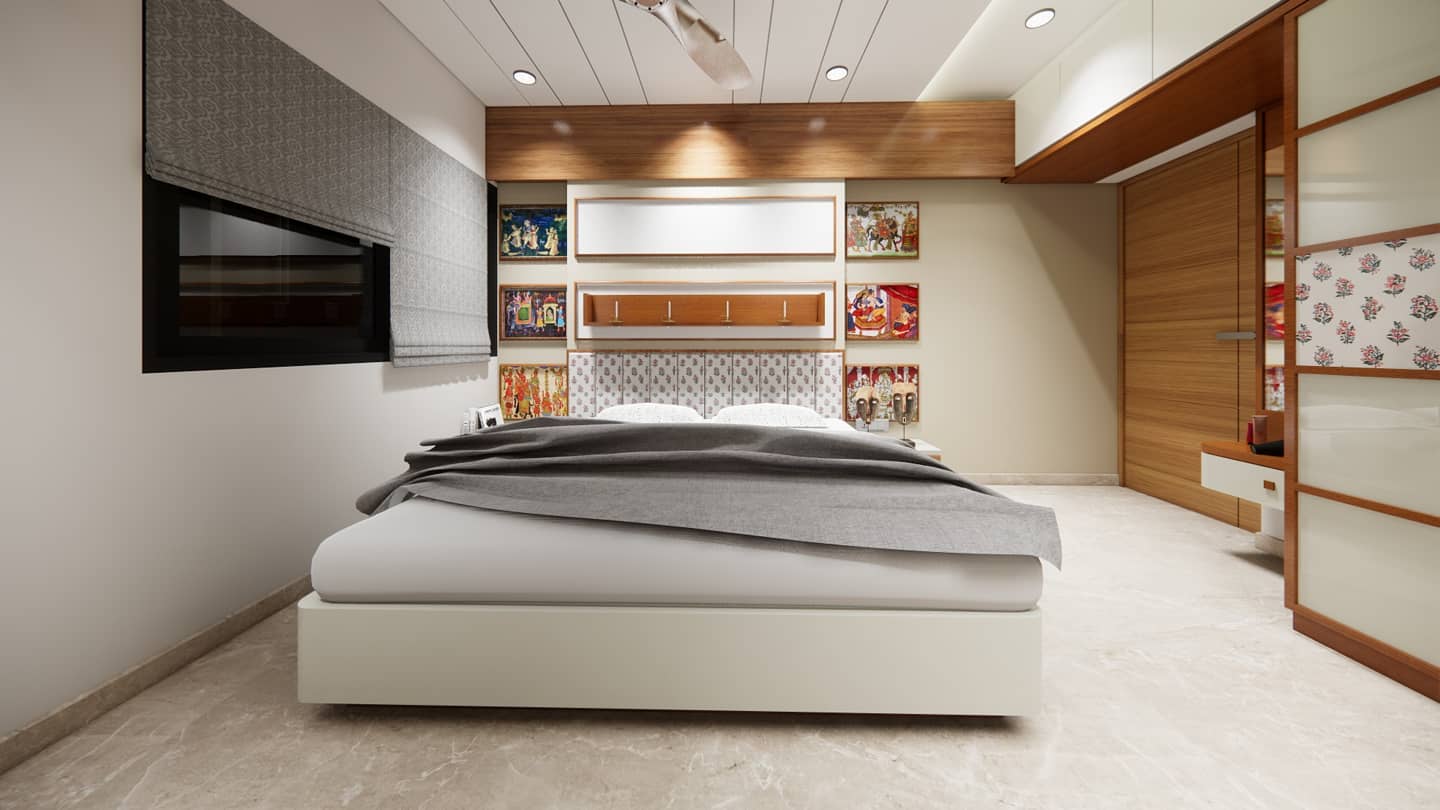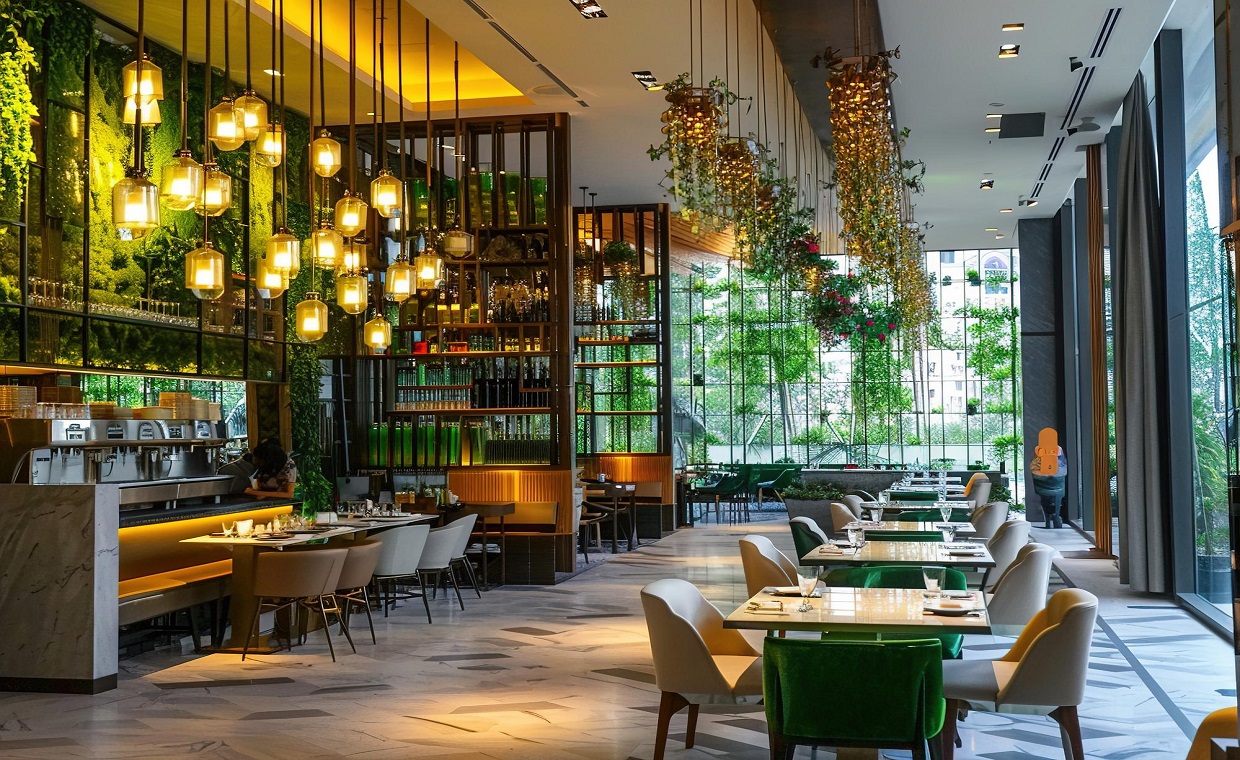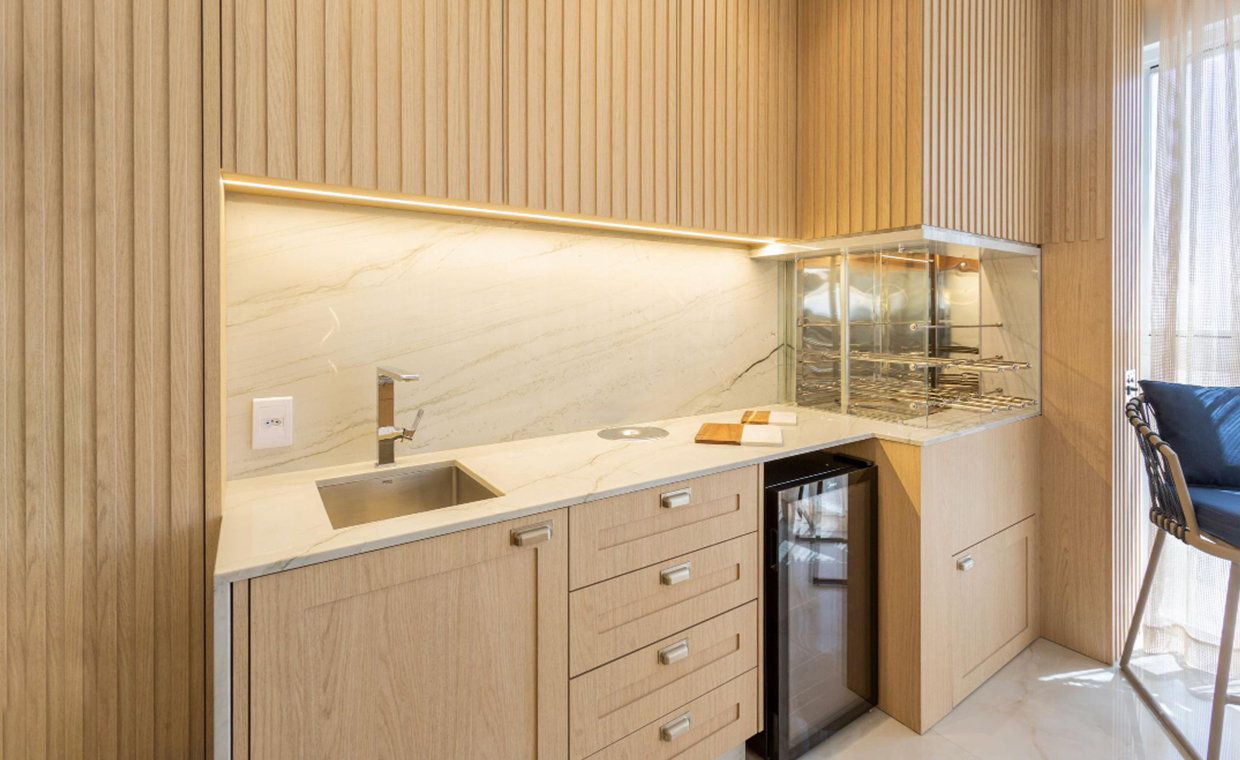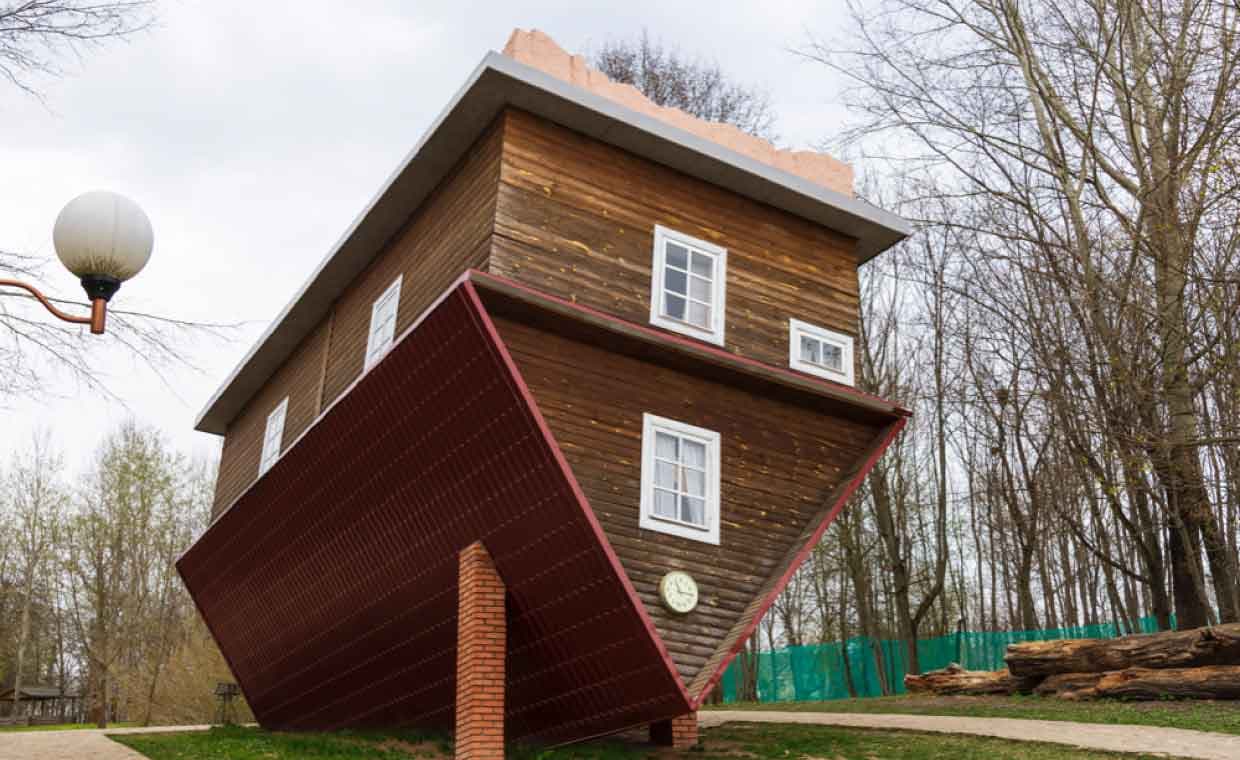
Table of Contents
Modern architecture embraces experimentation, pushing the boundaries of design while making the most of topography. From cantilevered structures that challenge conventional norms to whimsical houses perched on cliffs or towering on stilts, these gravity-defying houses redefine possibilities.
Discover how architects experiment with unique forms, harness natural landscapes, and blend aesthetics with technological innovation to create stunning homes that seemingly defy gravity. Step into a world where imagination and engineering merge, reshaping our perception of modern architecture.
Explore the captivating realm of modern architecture as we unveil 15 extraordinary homes that defy gravity.
15 Gravity-defying Architectural Wonders Around the World
1. MARTa Herford

Courtesy - Tripadvisor
MARTa Herford, a museum designed by Frank Gehry, is a sanctuary of modern art that blends innovation and imagination. It stands as a prime example of contemporary architecture. The exterior of the museum features flowing shapes, curving lines, and an interplay of materials that create a sense of movement and vitality. The use of glass, steel, and concrete gives the structure a sleek, futuristic appearance.
Fun Fact: Did you know that MARTa Herford got its name from a combination of two words, museum and art and the town it resides in, Herford? This unique naming convention reflects the museum’s mission to bring together contemporary art and the local community vibrantly and engagingly.
2. Free Spirit Houses, Canada

Courtesy - Free Spirit Houses
The Free Spirit Houses offer a one-of-a-kind lodging experience amid the towering trees of the West Coast rainforest. These structures resemble a collection of mysterious hanging spheres, much like forest spirits.
Designed to make the forest more accessible to humans, this unique architectural concept blends the essence of a tree house with the elegance of a sailboat.
Each sphere measures 3.2 mts in diameter and is crafted from natural wood and coated with fibreglass for waterproofing. Suspended from ropes, they are connected by spiral staircases and suspension bridges, enhancing the immersive experience of living among the trees.
3. Gangster House, Russia

Courtesy - r/evilbuildings, reddit
This eccentric and innovative house is one of the world’s tallest wooden houses, standing at 13 floors. The owner, Nikolai Sutyagin, a Russian gangster, was incarcerated for the third time, preventing him from completing its construction. However, after his release from prison, he resided on the ground floor. In 2008, the city condemned the structure as a fire hazard, and the courts ordered it to be fully demolished. In 2012, the home was completely demolished.
4. Lepakshi Temple

How can we discuss gravity-defying structures without mentioning Indian architectural wonders?
Among the temple’s intricate carvings and awe-inspiring grandeur, the Hanging Pillar stands out as a remarkable masterpiece. This architectural marvel defies physics, leaving visitors in awe and bewilderment.
What makes this pillar unique is that it does not rest entirely on the ground like the other pillars in the temple. Instead, it hovers slightly, with a visible gap between its base and the floor. Despite its seemingly precarious position, the Hanging Pillar remains incredibly balanced and sturdy.
Fun Fact: Numerous theories attempt to explain this architectural mystery, ranging from advanced engineering techniques to supernatural intervention. Some speculate that hidden iron or magnetic elements might enable the pillar to defy gravity.
5. Floating Castle, Ukraine

Courtesy - building.am
The Floating Castle is an abandoned granary near Krasnosilka in Ukraine. This gravity-defying structure attracts many tourists with its unique and whimsical design. Created by Terry Brown, it resembles a cluster of mushrooms. Believed to have originally been an ancient bunker for storing mineral fertilisers, this “castle” was likely constructed for technological purposes. Its quirky, levitating form is supported by a single central pillar, adding to its mystique.
6. Extreme Tree House, Indonesia

What is the most incredible feature of bamboo? Its durability and flexibility.
This extraordinary tropical home, perched atop a tree in the Indonesian province of West Papua (formerly West Irian Jaya) makes the most of bamboo’s natural properties. The base of the home is typically formed by multiple living trees, with additional support from wooden poles. These tree dwellings shield families from insects, enemies, and malevolent spirits.
7. Upside-Down House, Poland

Courtesy - Michele Ponte
At first glance, the Upside-Down House appears like something straight out of a dream.
While its exterior is striking, it is the interior that truly captivates visitors. As you enter the house, you will experience a surreal sense of bewilderment and intrigue. Furniture, decorations, and other objects hang from the ceiling, defying gravity and creating a bizarre yet fascinating experience. Walking through the inverted chambers, it’s impossible not to admire the attention to detail and the sheer creativity that went into making this architectural wonder.
Fun Fact: Architect Daniel Czapiewski designed this unique structure as a satirical commentary on Poland’s former communist regime.
8. House in Orchard, Czech Republic

Courtesy - arkitectureonweb
Designed by the Czech firm Épka Architekt, this cantilevered structure is supported by a short concrete stem. Inspired by the orchard’s trees, its unusual shape features whimsical, flat triangular spaces that ensure the structural integrity and stability of the wooden framework. For additional support, a steel footbridge plays a crucial role in bracing the structure. Remarkably, the entire wooden structure was designed using computer modelling, demonstrating a seamless blend of technology and craftsmanship.
9. The Balancing Barn, Suffolk, UK

Courtesy - Buildingcentre.co
Perched on a sloping terrain in Suffolk, England, the Balancing Barn is a stunning architectural masterpiece by Dutch company MVRDV. This extraordinary house stands out among its lovely surroundings with its gleaming metal façade and a design that appears to defy gravity. Its distinctive cantilevered construction is meticulously balanced on a solid foundation, creating a visually striking and awe-inspiring sight.
Also Read: Smart Building Facades From Around the Globe
10. Rozak House, Australia

Courtesy - Airbnb.ca
Nestled amid the tropical grandeur of Australia’s Northern Territory, the Rozak House is a seamless blend of modern architecture and nature. Designed with a deep awareness of the region’s cyclone-prone climate, the architects cleverly elevated the structure on stilts, ensuring its durability against the forces of nature. The slender stilts create the illusion of a floating home, delicately placed on the rocky terrain, enhancing its ethereal presence in the landscape.
11. The View Hill House, Australia

Courtesy - Rob Deutscher
Denton Corker Marshall created the View Hill house, a quirky sculptural mansion. This geometric, telescopic dwelling is composed of two fundamental rectilinear components, stacked perpendicularly to create a dramatic 29-foot cantilevered section. A stunning cantilever defines the House’s form as it overlooks Victoria’s Yarra Valley wine region. The upper volume is clad in black powder-coated aluminium, while the lower section is constructed from weathered Cor-Ten steel, blending effortlessly with the rigged surroundings.
12. Crossed House, Murcia

Courtesy - internationalhousingconcepts.wordpress
The design concept of Crossed House in Murcia by Clavel Arquitectos Asociados’ is influenced by children’s building blocks. The stacked rectangular volumes of 20mx5m are turned by 35 degrees to maximise scenic views. These cantilevers created by the rotation of both volumes offer the required sun protection for the facade and pool area. The projected ends feature soft, rounded edges, reinforcing the house’s place as a standout example of contemporary architecture.
13. Cantilevered glass house, Massachusetts

Courtesy - The Wall Street Journal
The Cantilevered Glass House epitomises modern elegance, seamlessly integrating glass to blur the boundaries between indoor and outdoor spaces. Perched on a steep elevation, it offers breathtaking panoramic views of the Berkshire Hills and Taconic Mountains. The combination of concrete, glass, wood, and structural steel in its facade completes its contemporary appeal.
14. The House in Sèvres

Courtesy - Yvette Gauthier
The House in Sèvres is designed by Colboc Franzen & Associés. The innovative house design is built on a small plot of land; the three levels are stacked in opposing directions, creating accessible open terraces that offer unique, seasonally changing views. This fragmented design approach enhances privacy while maintaining openness. The lower level houses the social spaces, the middle level accommodates guests, and the upper level is dedicated to the bedrooms.
15. The Cedarvale Ravine House, Canada

Courtesy - Dezeen
Perched on the edge of Cedarvale Park, this two-story architectural gem embraces its natural surroundings with fragmented volumes, offset in opposite directions. A vegetable garden terrace and a captivating cantilevered, zinc-clad second-story block offer stunning views of the surrounding forest, seamlessly integrating nature within the architectural innovation.
Flip your perspective
Architects are turning the concept of “living on the edge” into reality by designing homes that defy gravity. Environmental concerns are driving this trend, with buildings elevated on pillars to withstand floods and adapt to challenging terrains. These 15 masterpieces showcase innovative house designs within modern architecture.
Also Read:
The Future of Architecture: 12 Innovative Floating Buildings
Top 10 Latest Architecture Trends to Watch
FAQs
1. What are gravity-defying structures?
Gravity-defying structures are architectural designs that appear to challenge or resist the force of gravity. They often feature cantilevered elements, suspended or floating components, or unusual angles that create a sense of visual intrigue and unique architectural designs.
2. How do gravity-defying structures stay stable?
Gravity-defying structures achieve stability through precise and strategic engineering and structural design. They rely on principles such as counterbalancing forces, optimal weight distribution, and the use of high-strength materials to ensure structural integrity and prevent collapse.
3. What materials give the structure strength?
Steel is one of the strongest building materials available today, offering exceptional strength in both tension and compression. Its high strength-to-weight ratio makes it ideal for the structural framework of gravity-defying buildings, ensuring durability and stability.
4. How can designers create defying-gravity effect in modern buildings?
Architects achieve this effect using features like cantilevered facades, floating stairs, and stilts, which create the illusion of defying natural laws while maintaining structural integrity.
5. Who was the first architect to propose gravity-defying buildings?
The idea of cantilevered structures was first introduced by renowned American architect Frank Lloyd Wright in his iconic Fallingwater House, a masterpiece of modern architecture.
Author Bio
Saili Sawantt – She is an Architect and Interior Designer by profession. Writing is what she treats as her passion. She has worked as an Architectural Writer, Editor, and Journalist for various design as well as digital portals, both national and international. Formerly she has also worked with Godrej Properties Limited (GPL) Design Studio, Mumbai, due to her keen interested in learning about Sustainability and Green buildings. Apart from this, she runs her blog ‘The Reader’s Express’ and is a practicing Architect & Interior Designer.






